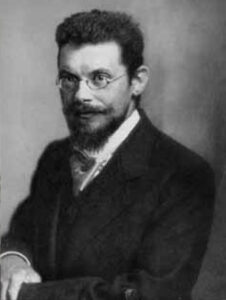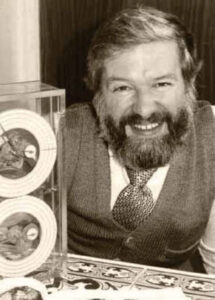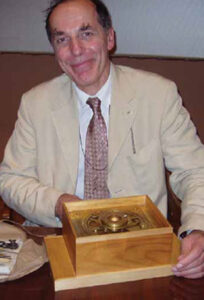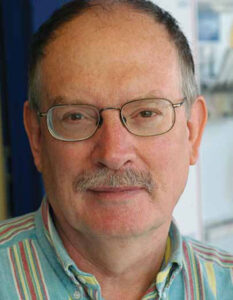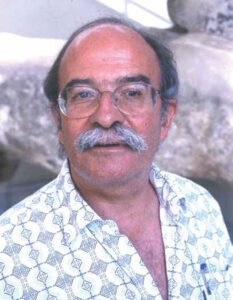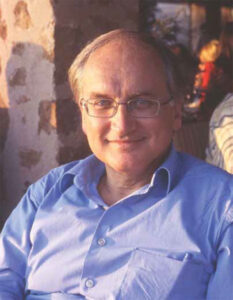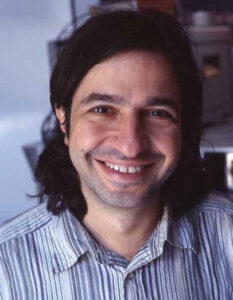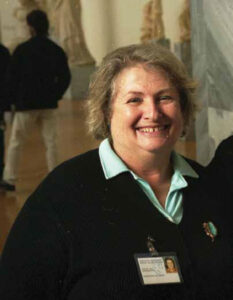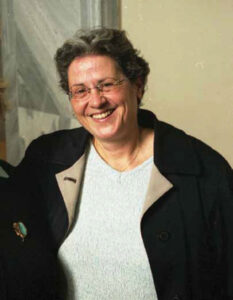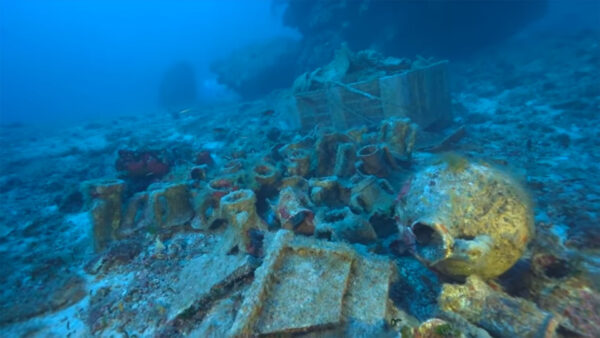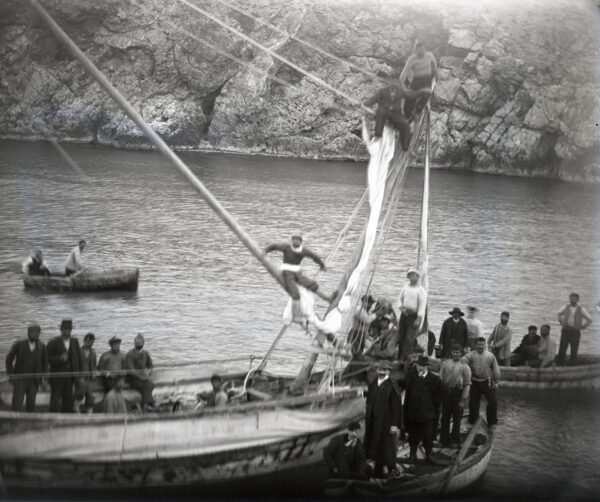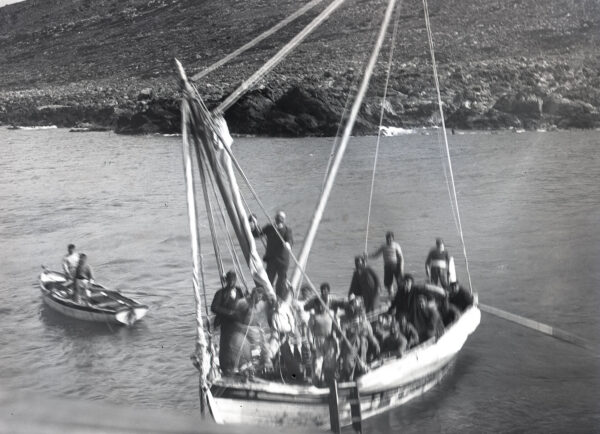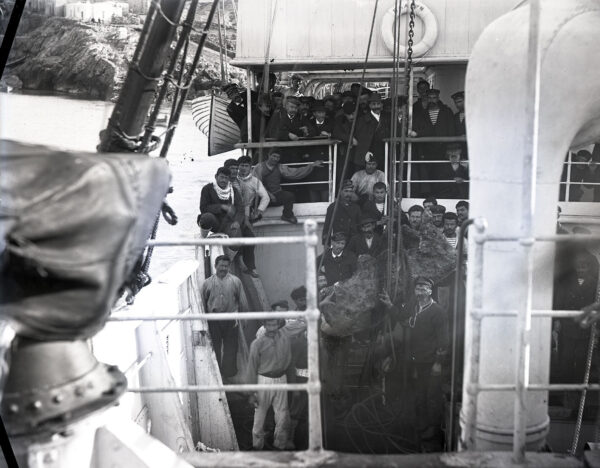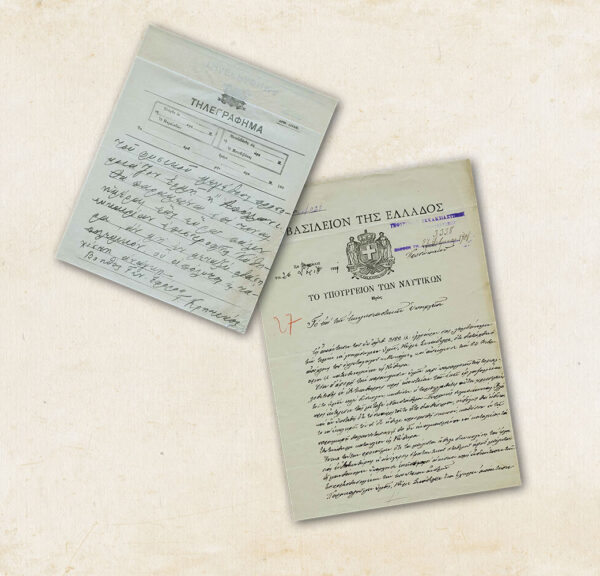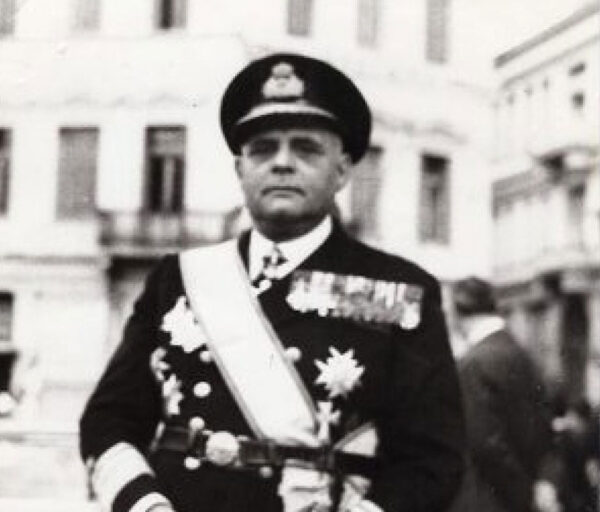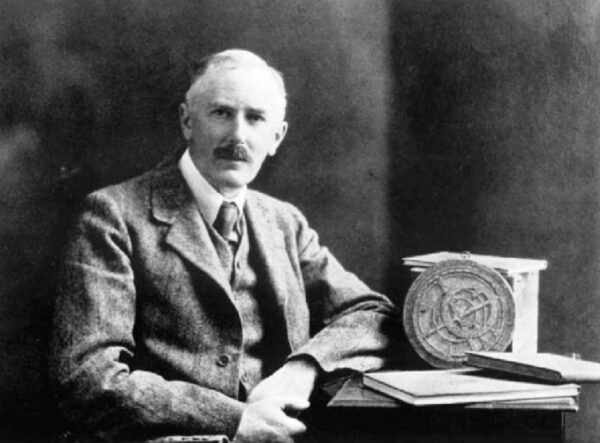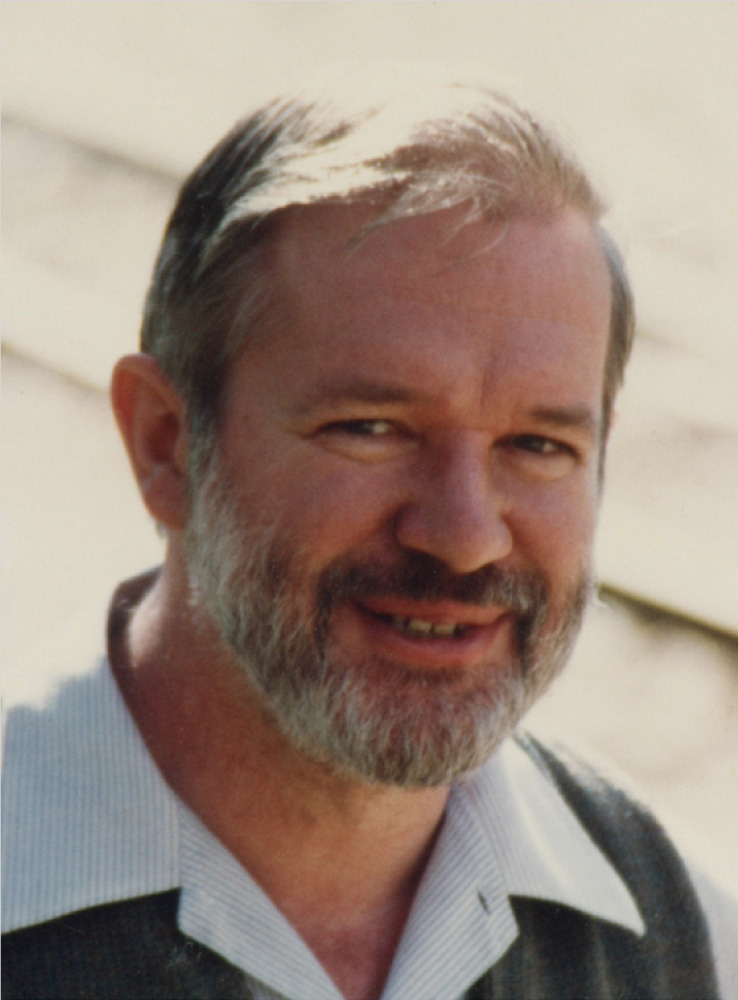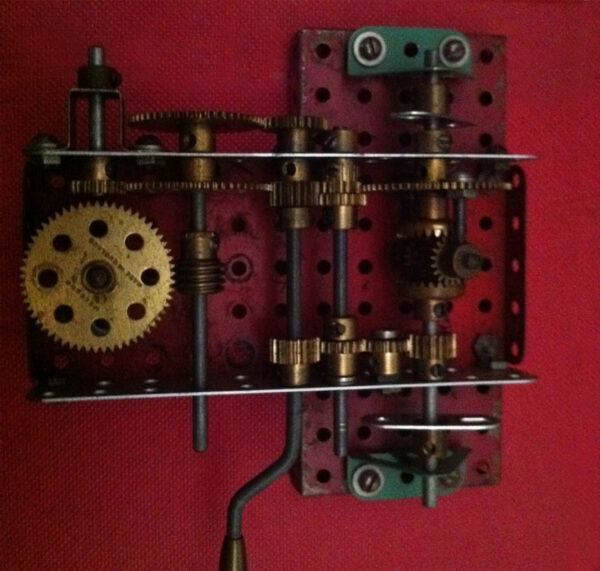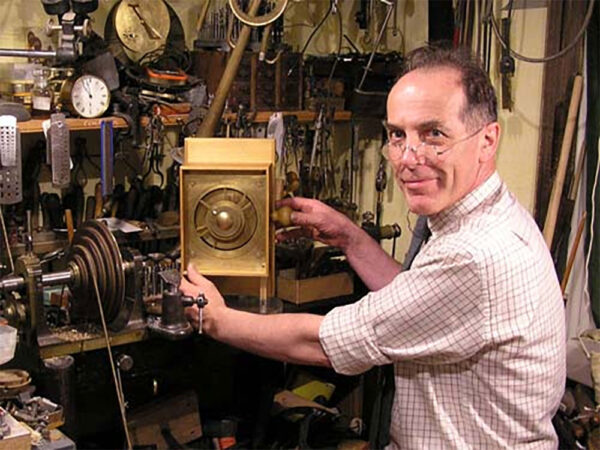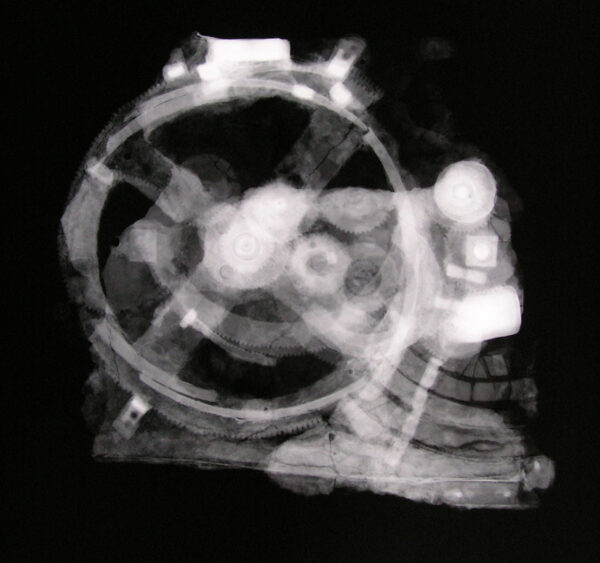Scientific framework Then (2nd cent. B.C.)
The construction of the Antikythera Mechanism was feasible at the time of its creation in the 2nd cent. B.C. as all the knowledge, the techniques and materials of its manufacture were already known then. Toothed wheels are mentioned in the work of Aristotle (Mechanics, 848a), while Philon’s pumps had similar use. Moreover, in that period they had at their disposal scientific instruments for measuring time «Hydrea, horoscopy», (Ctesibius, Archimedes). There were all sorts of astrolabes, precision scales and topographic instruments, such as chorobates (devices for measuring slopes), binoculars et c. Important also was the development in the medical science with medical instruments, such as surgical and orthopaedic tools, Herophilus’ of Alexandria clock to measure the pulse. Advancements we also encounter in the domain of armillary sphere-making with the creation of models of the sky with immobile celestial bodies, as Cicero informs us (De Re publica, 14.22) or functional models, such as the second planetarium of Archimedes and the Mechanism of Antikythera.
Scientific framework Today (20th-21st cent. A.D.)
The first researchers of the mechanism (1902-1934) were the archaeologists J. Svoronos, V. Stais and the Navy officers, K. Rados, P. Rediadis, J. Theophanidis. The first two held the view that the Mechanism of Antikythera was an astrolabe. Theophanidis was the first to construct a mechanical model and viewed the mechanism as a «ploognomon» (navigation instrument). The mechanical parts and the inscriptions engraved on them were studied by the philologist A. Rehm, who characterized the mechanism as «planetarium».
In the period 1953-1974 a second reconstruction of the Mechanism was presented, following the examination of its fragments by the professor of Science History at the University of Yale, Derek de Solla Price, and X-ray imaging by the physicist Ch. Karakalos. The same suggested that it had to do with a mechanical calendar calculator. Price’s conclusions have been decisive for ensuing research.
From 1990 onwards, the professor of computer science, A.G. Βromley and the physicist and historian of mechanisms, Μ. Τ. Wright, examined the fragments with the help of technology, by means of linear tomography. Later on, with the techniques of three-dimensional surface imaging and computed tomography, the inter-disciplinary project team: M. Edmunds, T. Freeth, G. Seiradakis, X. Mousas, E. Mangou, M. Zapheiropoulou, J. Bitsakis, A. Tselikas, brought to light many of its «hidden» secrets. These researches resulted in the reading of other inscriptions, as well, and the production of new models.
1970 – 1974
Derek De Solla Price (1955, 1959) rejected the initial perception of the mechanism as astrolabe and characterized it as an ancient Greek computer with clock-like mechanism due to the multiple gear wheels he detected in the mechanism by means of observation and photography. With the help of the epigraphist G. Stamiris, in 1958 the letters read on the fragments, rose to 793.
1980 – 1990
The function of Price’s model was questioned in 1985 by the Australian professor A. Bromley. Bromley, based on Price’s data, but also on his own observations and corrections, instructs the manufacturer Frank Percival to create his own model, more improved and more functional than that of Price’s, without though having seen and examined the mechanism itself.
